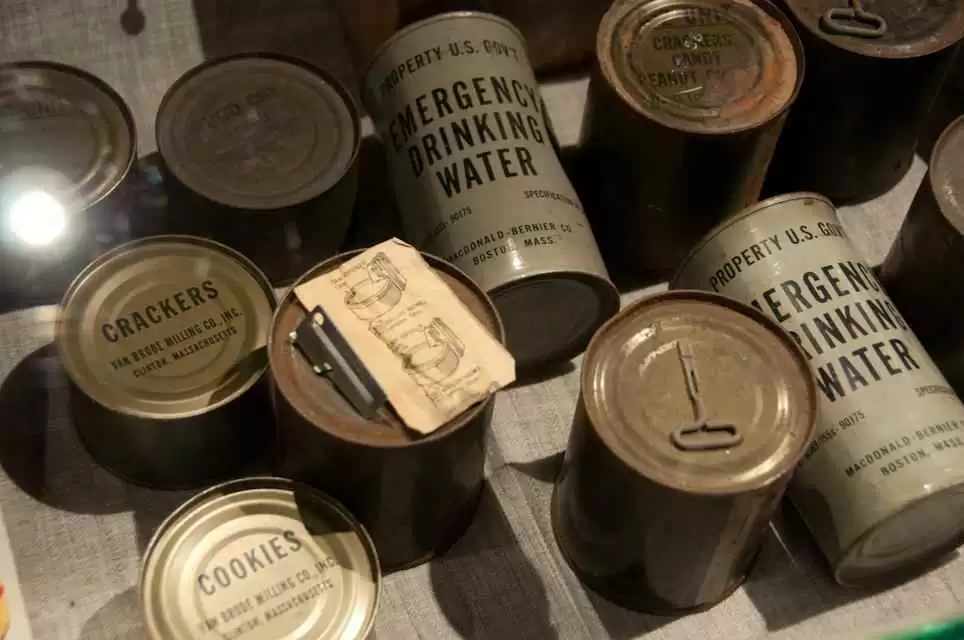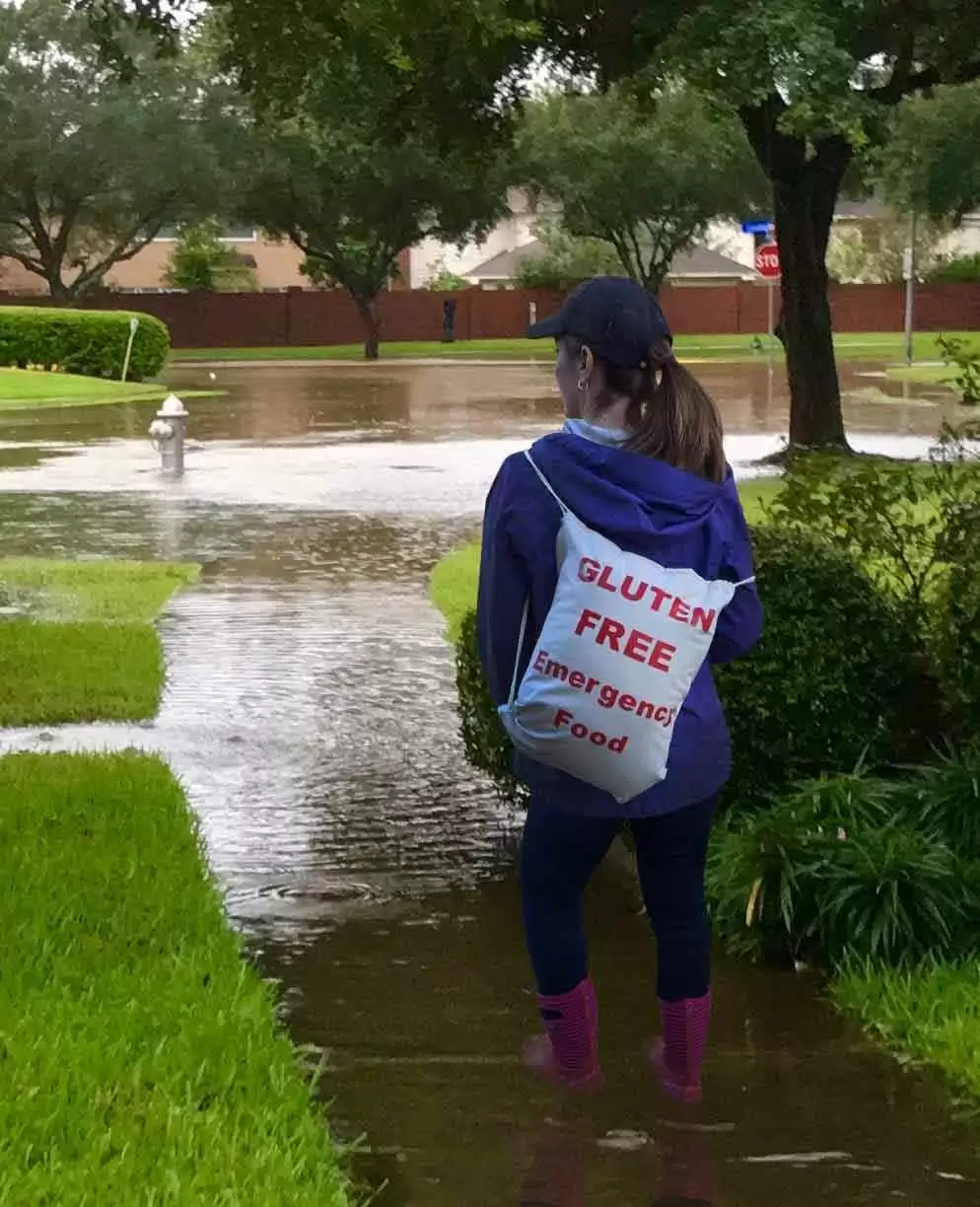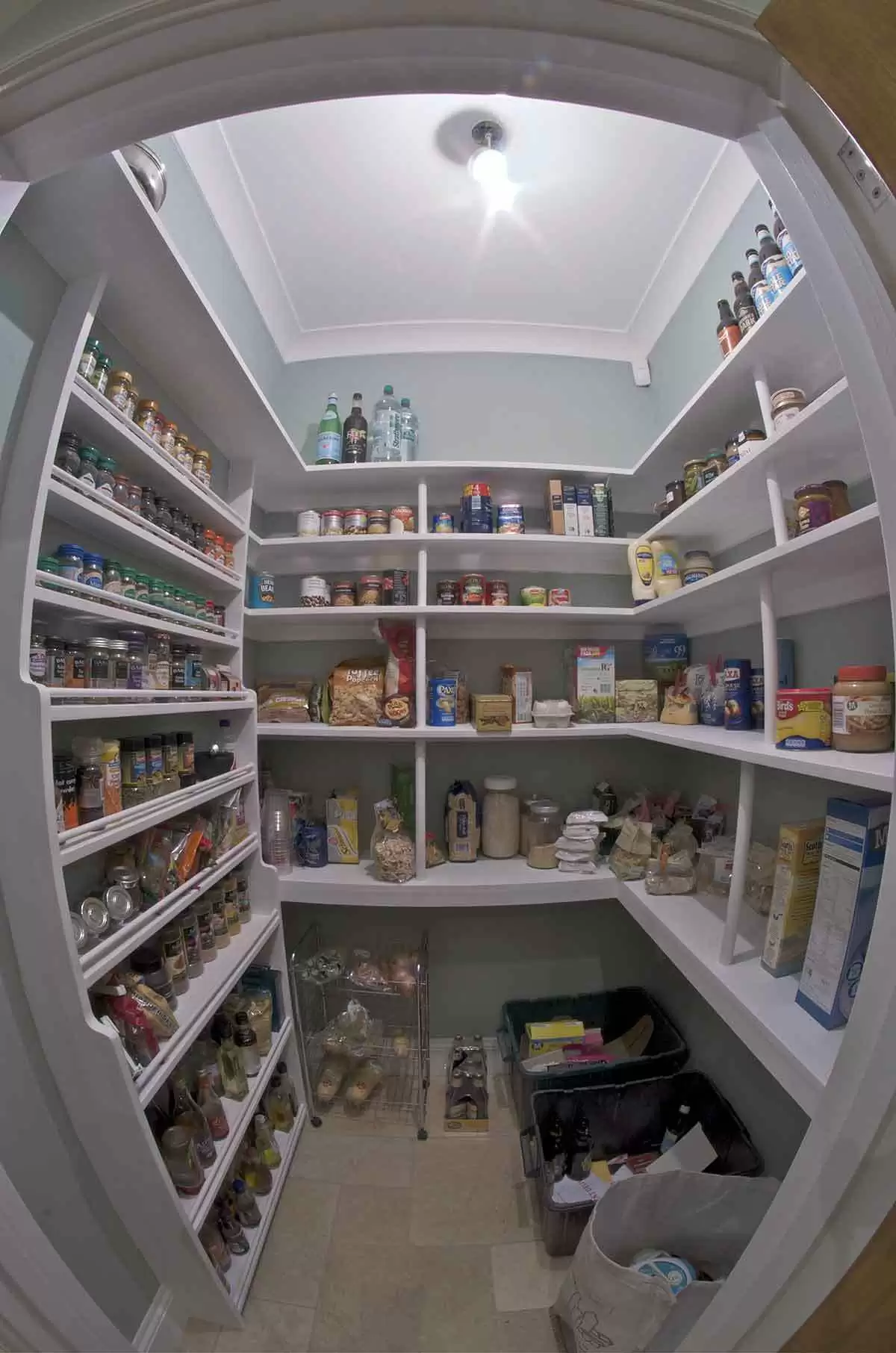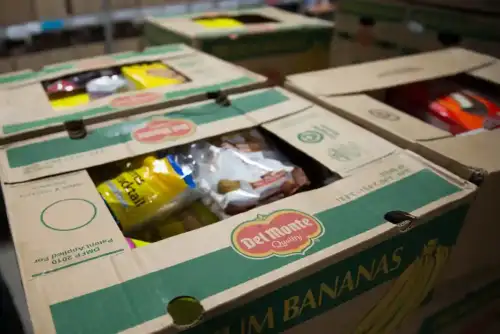Celiac.com 07/01/2025 - Natural disasters, supply chain breakdowns, power outages, and pandemics don’t wait for anyone—least of all people with complex medical diets. For those with celiac disease or non-celiac gluten sensitivity, being glutened during a crisis can be dangerous. A contaminated food supply might not just make you sick—it could leave you vulnerable when healthcare access is limited. Planning ahead with a tailored, gluten-free emergency stockpile isn’t paranoia; it’s protection.
This guide will help you build a long-lasting, celiac-safe food and medicine reserve, teach you how to interpret labels during scarcity, and offer tips for survival-style gluten-free eating—even when the world turns upside down.
What Happens If You Get Glutened During an Emergency?
Celiac.com Sponsor (A12):
For many, gluten exposure means days or weeks of debilitating symptoms: vomiting, diarrhea, brain fog, joint pain, or malnutrition. In a crisis, that can put your life at risk. You might lose precious calories through gastrointestinal symptoms or become unable to think clearly when critical decisions are needed. If you're managing additional conditions like diabetes, anemia, or autoimmune disease, even minor gluten exposure can escalate quickly.
Having your own supply of trusted, gluten-free food and medicines means fewer chances of accidental exposure and more stability when everything else feels uncertain.
How to Stock a Long-Lasting Gluten-Free Pantry
The key to any emergency pantry is shelf life, simplicity, and nutrition. When you’re also avoiding gluten, your selection narrows—but there are still plenty of safe and satisfying options.
Gluten-Free Dry Goods with Long Shelf Lives
These pantry staples can last for years if stored properly in airtight containers or Mylar bags with oxygen absorbers:
- White or brown rice – Gluten-free and calorie-dense
- Quinoa – High in protein and naturally gluten-free
- Lentils and dried beans – Provide fiber, iron, and plant protein
- Cornmeal or polenta – Versatile and shelf-stable
- Gluten-free rolled oats – Only buy certified gluten-free to avoid contamination
- Instant mashed potatoes – Check for gluten-free labeling
- Dehydrated vegetables and fruits – Lightweight, space-efficient nutrition
- Powdered eggs or milk – Long shelf life with important nutrients
- Rice noodles or gluten-free pasta – Stores well and cooks quickly
Canned and Jarred Goods
Look for products with easy-to-read ingredient lists and no vague “natural flavors” unless labeled gluten-free:
- Canned fish (tuna, salmon, sardines) – Protein and healthy fats
- Canned chicken or beef – Look for simple ingredients, no wheat fillers
- Canned beans and chili – Many are gluten-free; always check
- Vegetables and tomato paste – Choose brands with no added sauces
- Fruit in juice or water – Avoid syrup that might contain gluten
- Soups and stews – Only buy certified gluten-free options
Shelf-Stable Snacks and Treats
For morale and energy, a few comfort items go a long way:
- Gluten-free granola or energy bars – Choose varieties with clear certification
- Nut butters (peanut, almond, sunflower seed) – Packed with protein and fat
- Dark chocolate – Many bars are gluten-free, but read labels
- Trail mix – Make your own to avoid cross-contamination
- Dehydrated gluten-free meals – Brands like Good To-Go, Mountain House (gluten-free line), or LYO Food
How to Store Gluten-Free Food for the Long Term
To protect your investment, proper storage is critical:
- Cool, dry location – Avoid exposure to heat or humidity
- Mylar bags with oxygen absorbers – Great for grains, flour, or dehydrated meals
- Vacuum-sealed jars or containers – Ideal for nuts, seeds, and snacks
- Rotate stock – Use older products first and refresh supplies yearly
Label everything with the purchase and expiration dates. Keep a master inventory list so you know what you have and what needs replacing.
Gluten-Free Medications and Supplements in a Crisis
Prescription drugs and over-the-counter meds can contain gluten-based fillers like wheat starch or maltodextrin. This makes medical prep just as vital as food prep.
Tips for Emergency Medication Prep:
- Check your current meds – Ask your pharmacist if they’re gluten-free. If not, request alternatives.
- Stock extra – Ask your doctor for extended prescriptions or emergency backups.
- Buy gluten-free supplements – Look for certified multivitamins, iron, and B12. Brands like Pure Encapsulations, Thorne, and Seeking Health offer GF options.
- Don’t forget antidiarrheals or electrolytes – Products like CeraLyte or GF-certified rehydration salts can help in case of gluten exposure.
Keep all meds dry and cool, and rotate them like your food stock. A small, waterproof medical bag can help you keep essentials close at hand.
How to Read Labels When Labels Are Scarce
In a disaster, power and internet may be down. You won’t have Google to search ingredient questions or apps to scan barcodes. You’ll need to rely on label-reading skills.
- Wheat, barley, rye – Any mention of these grains = not safe
- Malt or malt extract – Usually derived from barley
- Modified food starch – In the U.S., this is often from corn, but not always—watch out
- Natural flavors – Can contain gluten unless specified as gluten-free
- Hydrolyzed vegetable protein – May be derived from wheat
If you don’t recognize an ingredient and the product isn’t labeled gluten-free, don’t take the risk.
How to Eat Safely Without a Kitchen
You might lose gas, electricity, or clean water. Here’s how to prepare gluten-free meals without conventional cooking:
- Use a camp stove or solar oven (outside only!) – Boil rice, cook beans, or heat canned food
- Cold meals – Mix canned beans with olive oil and spices for instant protein
- Overnight oats – Soak GF oats in water or powdered milk
- Nut butter sandwiches – Use gluten-free crackers, tortillas, or rice cakes
- Instant soups – Just add hot water to pre-prepped mixes
Always keep manual can openers, matches or lighters, and portable water filters on hand.
Gluten-Free Bartering and Community Survival
In a true long-term emergency, supplies may run out and bartering may become essential. Knowing how to trade gluten-free items or identify safe foods from others can be life-saving.
- Trade wisely – Gluten-free products can become valuable for others on a restricted diet
- Teach others – If neighbors or community members understand your needs, they’re more likely to help you avoid cross-contamination
- Start with excess – If your own pantry is well-stocked, you can safely trade without compromising your needs
Building a small network of trusted people is one of the best emergency assets.
Final Thoughts: Resilience Through Preparation
Emergencies are unpredictable, but your gluten-free safety doesn’t have to be. Whether you’re weathering a hurricane, a wildfire evacuation, a long-term blackout, or a global crisis, planning ahead allows you to focus on survival—not on symptoms. By building a thoughtful, celiac-safe food and medicine reserve, you gain control in an uncontrollable world.
And remember: survival isn’t just about staying alive. It’s about staying healthy, alert, and dignified—no matter the chaos around you.
Quick Checklist: Gluten-Free Emergency Prep
Food:
✅ Certified gluten-free grains and pasta
✅ Shelf-stable protein (canned meat, beans, nuts)
✅ Dehydrated or freeze-dried meals
✅ Gluten-free snacks
✅ Clean water and purification system
Medicines & Supplies:
✅ Gluten-free meds and supplements
✅ Antidiarrheals, electrolytes, pain relievers
✅ First-aid kit
✅ Manual can opener
✅ Cooking method (camp stove, solar oven, etc.)
Documentation:
✅ Gluten-free diet card or doctor’s note
✅ Medication list with GF status
✅ Label-reading cheat sheet












Recommended Comments
Create an account or sign in to comment
You need to be a member in order to leave a comment
Create an account
Sign up for a new account in our community. It's easy!
Register a new accountSign in
Already have an account? Sign in here.
Sign In Now